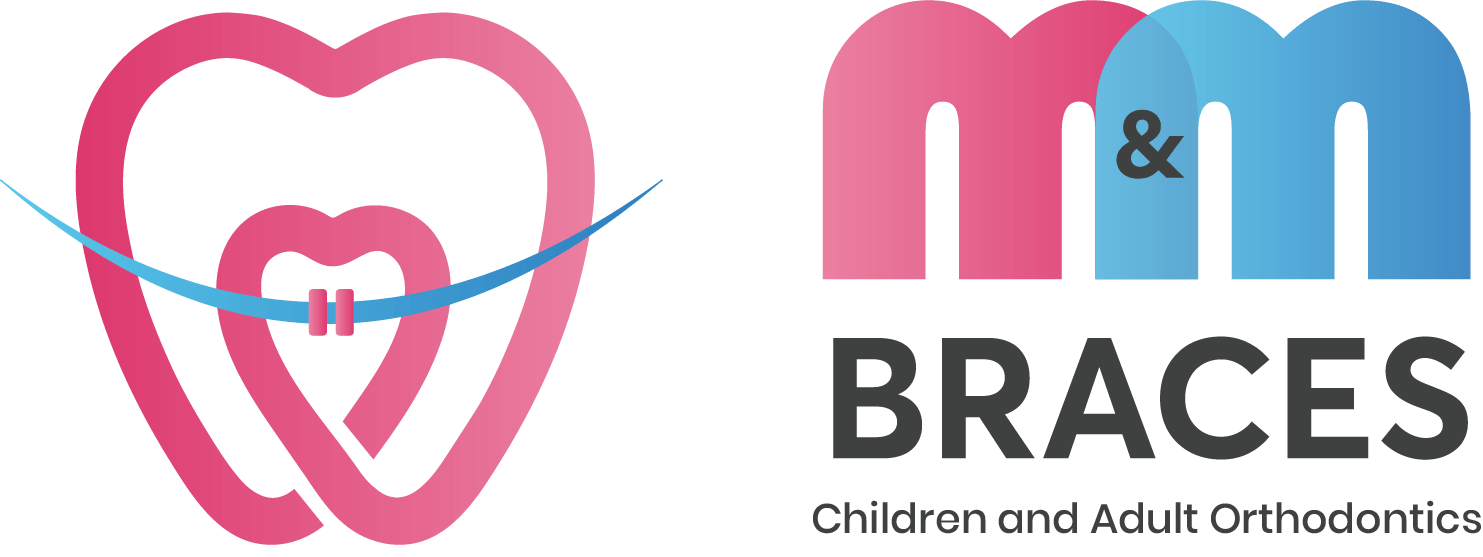Frederick, MD Location: (301) 620-9666 Hagerstown, MD Location: (301) 733-1552
Impacted Teeth
An impacted tooth is when a tooth is either completely or practically stuck beneath the gums. Impacted teeth can happen anywhere in the mouth, but canines and wisdom teeth are the most common teeth to be impacted.
It is generally recommended that wisdom teeth are removed whether they are impacted or not. However, canine teeth play a vital role in oral function and shouldn’t be removed if it can be avoided. Oral surgeons and orthodontists work together to expose impacted canines and help them come in correctly.
Canine Impaction
Canine teeth help us tear food and guide the jaw into proper alignment. Permanent canine teeth start coming in around age 11-12.
They can often come in impacted for a variety of reasons:
- Not enough space in the mouth
- Abnormal growths that block the tooth from coming in
- Baby teeth falling out late
Early intervention is essential to give the tooth the best chance of growing in properly. Staying up on your child’s routine dental visits can help monitor if their teeth are developing correctly. An X-ray or CT scan can diagnose an impacted tooth.
Exposing an Impacted Tooth
We may refer you to an oral surgeon to expose the impacted tooth. If crowding is present, we will move the surrounding teeth to make room for the canine tooth. Once the teeth are in the correct position, your oral surgeon will remove any gum tissue or bone that is in the way of the impacted tooth. A small chain will be bonded to the newly exposed tooth and we will use that chain to guide the canine into its proper position.
This procedure is simple and can be performed with just a local anesthetic or IV sedation. There may be slight discomfort after the procedure, but this will go away once the area has healed
Book Now
Contact Us
We will get back to you as soon as possible.
Please try again later.
Business Hours
Frederick, MD:
Monday | 9:00am - 5:00pm
Alternating Wednesdays | 9:00am - 5:00pm
Hagerstown, MD:
Tuesday & Thursday | 9:00am - 5:00pm
Alternating Wednesdays
| 9:00am - 5:00pm
Hagerstown Location
Privacy Policy | Accessibility Statement
Happiness Delivered by Legwork
